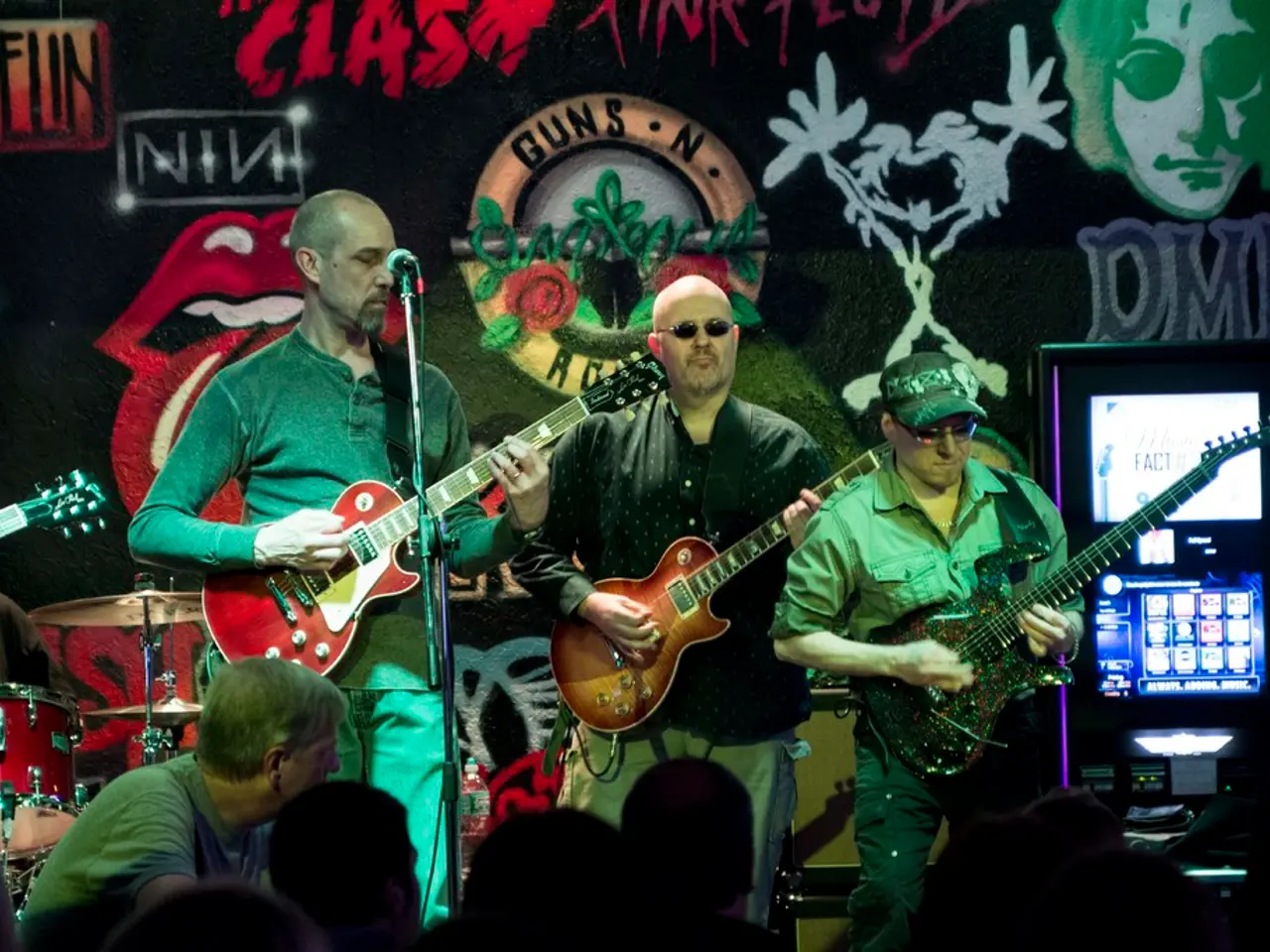Influencer Marketing: Comparing Continuous and Intermittent Campaigns to Determine Return on Investment
In the ever-evolving world of digital marketing, understanding the intricacies of Always-On and Burst influencer marketing strategies is paramount for brands seeking to maximize their return on investment (ROI).
Creating a hyper-relevant consumer cohort and leveraging animated captions, branded hashtags, and unambiguous link prompts are vital for successful Burst ROI campaigns. These short, concentrated activations, engineered for rapid impact, focus budget, creative, and creator reach into a narrow window to seize market attention. While early months may show modest uplifts in traffic, engagement, and sales, as brand-creator equity deepens, each subsequent month leverages the prior months' momentum.
In contrast, Always-On influencer marketing involves maintaining continuous, strategic creator partnerships throughout the year. This approach supports sustained brand equity by enabling ongoing engagement and trust-building with targeted audiences. Brands optimize Always-On programs by matching influencers to specific funnel stages (awareness, nurture, transaction) based on data-driven testing of where each creator performs best.
The most effective strategy often blends both. Start with Crawl-Walk-Run testing phases by piloting a small cohort of influencers to validate hypotheses on fit and ROI, then optimize and repeat, and finally scale for stable Always-On programs. Use Always-On partnerships to build long-term brand equity, trust, and customer journey support via ongoing content tailored by funnel pillar (awareness, nurture, transaction). Deploy Burst campaigns tactically for new launches or promotions requiring immediate ROI activation, leveraging high-impact content and influencer peak relevance.
Additional best practices include moving beyond vanity metrics to performance-based incentives and rigorous measurement of influencer content effectiveness at all funnel stages. Incorporating real-time monitoring to pivot or pause campaigns if audience sentiment or contextual relevance drops is also crucial. Integrating influencer content with owned and paid media to maximize algorithmic performance and campaign alignment within overall marketing plans is another key factor.
Brand budgets reflect this evolution, with many shifting significant allocation into Always-On influencer partnerships to maintain continuous engagement and community trust while reserving budget for exploratory Burst experiments. Configuring web analytics or Customer Data Platform (CDP) to credit fractional touchpoints assesses influencer impact at every funnel stage.
In summary, use Always-On influencer marketing for sustained brand equity by developing long-term, funnel-mapped creator relationships and Burst campaigns for focused, short-term activations that drive immediate ROI. Balancing and integrating both via data-driven testing and real-time optimization maximizes overall marketing effectiveness.
Engagingsocial-media platforms can be leveraged during Burst campaigns to boost impact by disseminating animated captions, branded hashtags, and link prompts effectively. Furthermore, social media can also serve as an entertainment hub, where Always-On influencers can build sustained brand equity by consistently engaging with targeted audiences through tailored content aligned with funnel stages.








